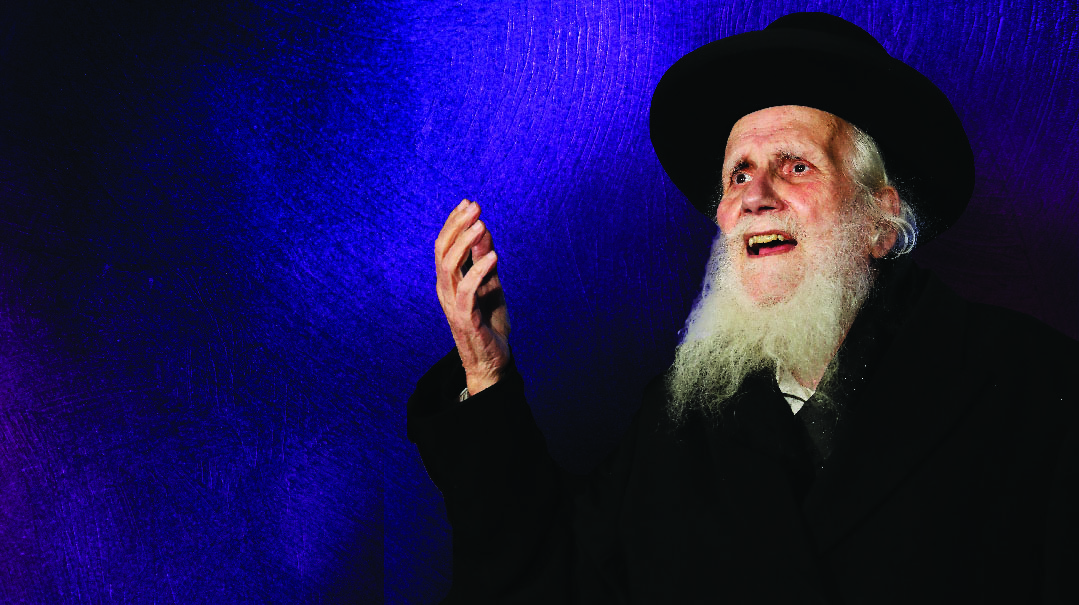Don’t Call Him a Rebbe
| June 8, 2021In the heart of Tel Aviv, Rav Mordechai Auerbach leads a community of baalei teshuvah out of a chassidic shul

Photos: Matisyahu Goldberg, Rabbi Aharon Goldberg archives
Until a few years ago, each one of the young bochurim now standing in a row had studied at a regular chassidic cheder.
But along the way, something imploded. Today, we know that the issue has a name: the second generation of baalei teshuvah. But then, it was a rift and a crisis of trust between parents who had made their way back to their heritage, and the staff and administrators of the schools they aspired to, who had been used to a different, more traditional style of parents, not completely ready for this new demographic.
This early struggle of the kiruv movement was proof to those who thought outreach needed to be approached a bit differently. The baal teshuvah family needed a support system, a comprehensive network for the road ahead.
Once the issue was identified, change could happen. A new cheder opened. The hanhalah, most of the rebbeim, and all the students were members of this second generation. Here, everyone spoke the same language.
And now they had gathered, after a long and painful year of coronavirus, for a fundraiser that turned into a celebration — an event that peaked when the Rav himself stood up. He came over to each of the boys, like a loving shepherd gathering his flock, taking each one by the hand, sharing a private joke.
They walked up to the stage, these boys who’d struggled and faltered, as their parents looked on in amazement. The music began to play and the loving father figure took his children and began to dance — sort of like a chassidic mitzvah tantz with a dedicated shepherd and his pure Jewish souls. And as they watched, the parents who’d given up so much to be part of the Torah community now knew they had an answer for the next generation as well.
The dance, perhaps more than anything, tells the little-known story of the Abir Yaakov community in central Tel Aviv. Even more, it is the story of their unique leader, Rav Mordechai Auerbach, and perhaps also the story of the piercing dilemma faced by baalei teshuvah in our generation.
Oops! We could not locate your form.













